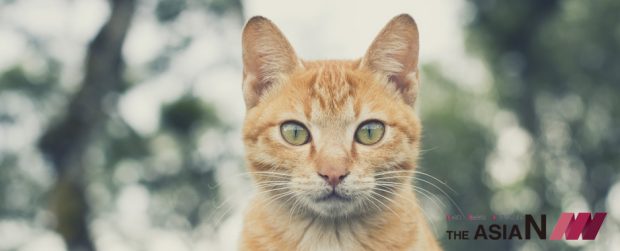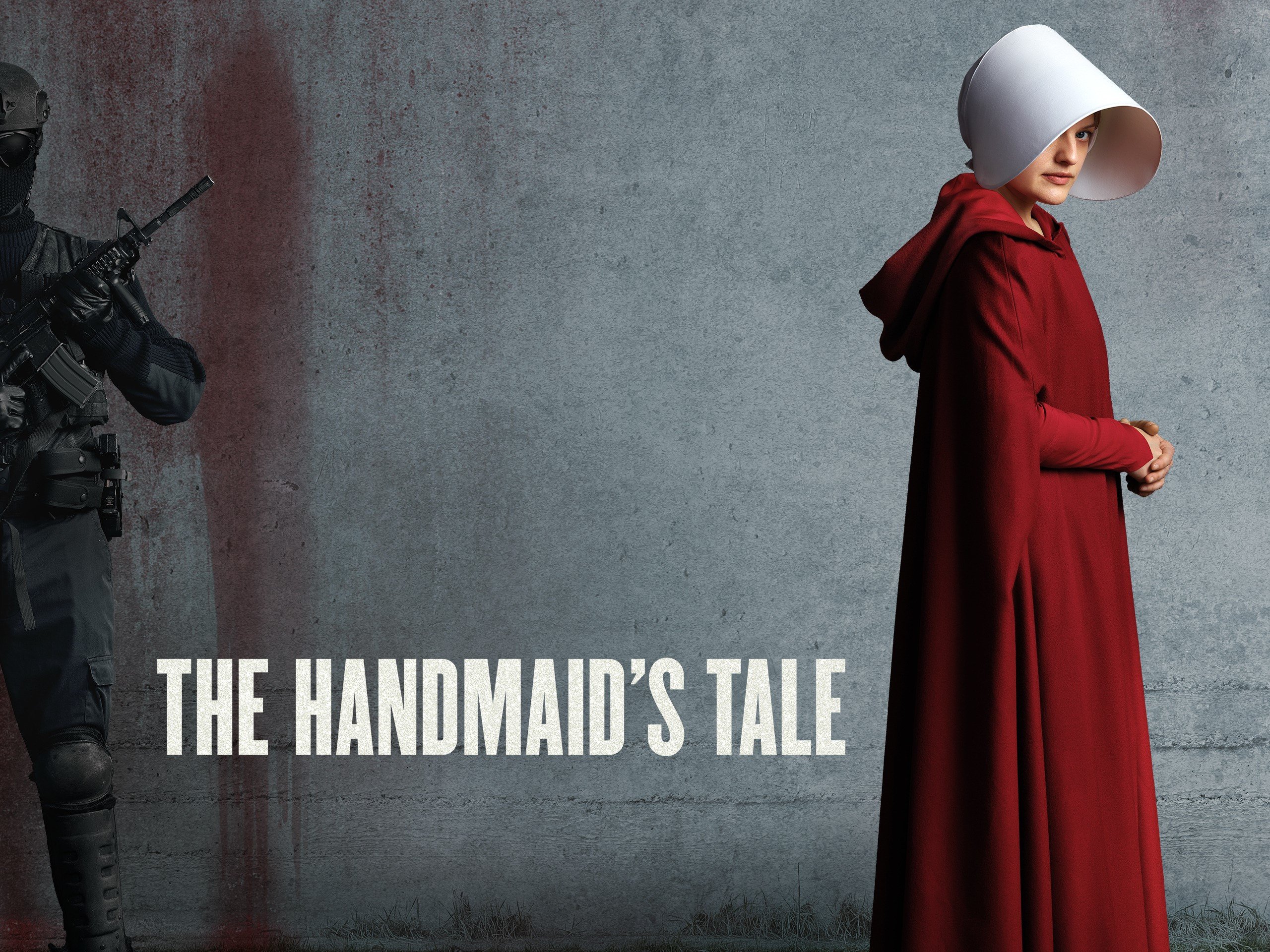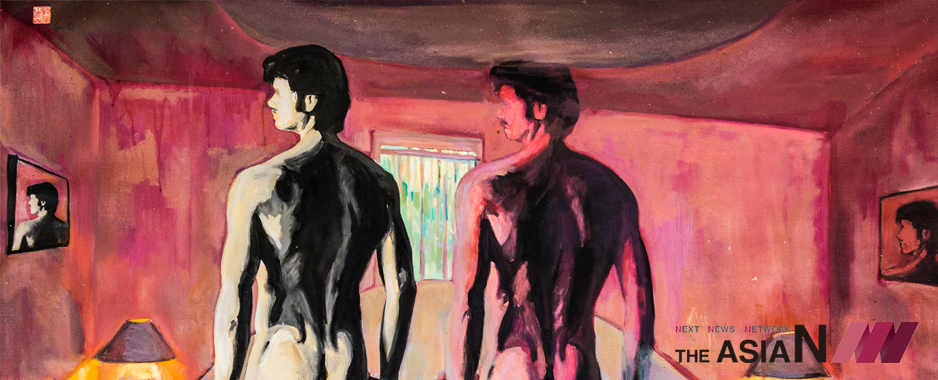
Veneration & Attachment: Cats in Asian Culture
Cats in the Middle East
The world can be divided into two main categories: people who love cats and people who hate them. To be more precise, the first group of people are really crazy for cats. But this is not a recent phenomenon. The bond between cats and humans can be traced back to centuries ago. Wildcats have lived among the people of Mesopotamia (a historical region in West Asia that roughly corresponds to most of Iraq, Kuwait, the eastern parts of Syria, Southeastern Turkey, and regions along the Turkish–Syrian and Iran–Iraq borders) over 100,000 years ago and were domesticated there approximately 12,000 BCE. Archaeological research has provided evidence that the Near Eastern Wildcat is the closest relative of the modern-day domestic cat and was bred by Mesopotamian farmers, probably to control pests like mice that were attracted to wheat and grain supplies.
According to other theories, domestic cats descended from felines that lived thousands of years ago in Ancient Egypt. By the time the Egyptian empire fell, cats were revered as master hunters and were worshipped like gods by all Egyptians including even the pharaoh. If an Egyptian killed a cat, they were punished by death. The pharaohs were mummified and buried with statues of cats as symbols of good luck and safe companionship to the afterlife. Some cats were mummified and their bodies left to lay in tombs and shrines. According to some legends, the veneration of cats was so deep that, during the battle of Pelusium (525 BC) between the Achaemenid Empire and Egypt, Egyptians did not shoot because enemies were carrying cats in front of them. In Ancient Egypt, cats and humans developed a remarkably close relationship as shown by numerous depictions in art from around 2,000 BC. At the time, art was strictly related to religious beliefs. For instance, Sakhmet, the daughter of Ra with the most complex and difficult personality, was usually depicted with a woman’s body and a lion’s head. She served as the sun’s personal guardian. Other Egyptian goddesses also assumed feline attributes. So it was with Bast, or Bastet, who started out as a “cave felem” case but eventually exchanged a lion’s mane and snarl for the trim profile of a domestic shorthair and channeled her belligerence into maternal warmth. According to The New York Times, the concept of goddesses like Sakhmet and Bast are shaped by its biases, which included a view of women as unpredictable and untamable, and therefore dangerous, and, like the cat, as fundamentally divided in nature: ruthless killer or tender mother. Towards the end of the Egyptian empire, cats were sold to the Greeks and Persians. According to legends, ancient Persians believed that cats were magically created. The Persian hero, Rustum, once saved a magician from a band of thieves. As a token of his gratitude, the magician createda cat and gifted it to Rustum. In 500 BC, domesticated cats were given to the Emperor of China and the cat was the most popular pet of the rich during the Song Dynasty. Such cats were bred with the Wildcats of Asia and became a common asset of the first emperors, then the nobility, priests, and eventually the peasants. The domesticated cat then spread to all the surrounding countries of China, including India, and Japan.
Japan, the “cats country”
Cats are very common in Japan today, but they are not native to the country. During the mid-sixth century, they came to Japan through Chinese ships. The first pet cats were rare; kept only by the elite and carefully cherished. Art of the period depicts them with leashes and living indoors. In earlier artwork, cats are shown living in the lap of luxury. However, in 1602, the government decreed that all felines should be set free to catch rodents that were destroying the silkworm industry. The Japanese also used them to kill mice on ships, in farms, and in temples—where they would be eating at Buddhist scrolls. During the Edo period (1603 – 1868), Japan began creating mass popular culture. Ukiyo-e, woodblock prints and paintings, was originally a popular art form. But now, there were a lot of ukiyo-e prints for sale. To attract buyers, the subjects printed on the woodblocks ranged from everything fashionable and popular. This included cats: people began rendering felines in all kinds of positions, locations, and situations. Moreover, there are examples of cat yōkai, supernatural monsters in Japanese folklore, such as Bakeneko and Nekomata.
Ukiyo-e cats, however, are not the only felines in Japanese art. The famous manekineko may be the most famous example. It is a common Japanese figurine (lucky charm, talisman) which is often believed to bring good luck to the owner. Today, they are usually made out of ceramic or plastic. This figurine depicts a cat beckoning with an upright paw. It is usually displayed in business activities. Some of the sculptures are electric or battery-powered and have a slow-moving “paw beckoning”. The Japanese art environment has always been full of artists in love with cats. One of the masters of ukiyo-e woodblock art of the 17th century, Utagawa Kuniyoshi (1797 1861), was reportedly a serious fan of felines, often sharing his living space with multiple cats at any given time. The famous sculptor Asakura Fumio (1883- 1964) was also fascinated by cats. Known for his many paintings of cats, Hishida Shunsou (1874-1911) was influential in establishing the “nihonga” style of painting during the Meiji period. One of the most heralded modern exhibitions featuring cats in Japanese artwork was the “Life of Cats: Selections From the Hiraki Ukiyo-e Collection.” The project was presented in 2015 by the Japan Society Gallery in New York. Nearly 90 examples of Japanese art, in various mediums, was included in the exhibition.
All the cats of the exhibition may be the ancestors of the globally popular character, Hello Kitty. Produced by the Japanese company Sanrio, Hello Kitty was designed by Yuko Shimizu. The anthropologist Christine R. Yano wrote a book titled “Pink Globalization: Hello Kitty’s Trek Across the Pacific”. In it she examines the creation and rise of Hello Kitty as a part of Japanese Cute-Cool culture. Yano argued that the international popularity of Hello Kitty is one aspect of what she calls pink globalization—the spread of goods and images labeled cute (kawaii) from Japan to other parts of the industrial world. She also declared that Kitty’s unreadable features (she usually doesn’t have a mouth), along with clever merchandising, has helped cultivate the character’s following. The brand name comes from the English word “Kitty” and the emphasis on social communication: Hello Kitty.The famous cat first took off in 1974 thanks to pre-school and elementary school girls. In the 1980s, high school girls discovered the design and created a second boom. After that, many celebrities such as Naomi Campbell were seen to have been photographed with Hello Kitty.
The tattoo environment was also affected by cats: Kazuaki Horitomo Kitamura combined his two great passions in life, tattoos and cats, created the famous Monmon, a Japanese-American brand and style.
Cats are also important features of Japanese literature. I am a cat (1905-06) by Natsume Soseki, Oh Nora (1957) by Uchida Hyakken, A Cat, a Man, and Two Women (1935- 36) by Tanizaki Junichiro, Oh Tama (1986- 87) by Kanai Mieko, and The Guest Cat (2001) by Takashi Hiraide are some examples of great books related to cats. Felines also appear in Haruki Murakami’s novels and essays. In On the Death of my Cat, the author writes: “Family- even if that includes cats too- is a living thing that has a certain balance, and when one corner of it falls apart, it doesn’t take long before everything subtly breaks down”.
Cats have been characters of manga, movies, and animation film. For instance, the master of Japanese animation Hayao Miyazaki and Studio Ghibli have always had a special link with cats: Lily and Jiji in Kiki’s Delivery Service, Nina in The Secret World Of Arrietty, Baron Humbert von Gikkingen and Moon in Whisper of the Heart, Catbus in My Neighbor Totoro, and many more.
The proof that Japan is indeed a “cats country” is indicated by all the places related to felines: bookstores that collect only cat-themed books, neko cafes or cat cafes (even though the first ever cat cafe, Cat Flower Garden, was created in Taipei, Taiwan), and cat islands. In addition to the famous Aoshima island, where cats outnumber humans six to one, there is a massive presence of cats also in Enoshima (Kanagawa Prefecture), Okishima (Shiga Prefecture), Sanagishima (Kagawa Prefecture), Muzukijima (Ehime Prefecture), Manabeshima (Okayama Prefecture), Iwaishima (Yamaguchi Prefecture), Aijima (Fukuoka Prefecture), Genkaishima (Fukuoka Prefecture), and Kadarashima (Saga Prefecture). Cats were probably firstintroduced to the islands by fishermen who needed cats to protect silkworms from mice. Interestingly enough, silkworms are also used to spin fishing nets.
According to the Washington Post, Japanese people own about 10 million cats. It is not surprising, then, that they celebrate a cat-themed holiday, known as “Cat Day” or “Nyan Nyan Nyan Day”, on February 22nd. The celebrity of the furry pets is also established through social media. Instagram plays an important role in making famous many Japanese cats such as Nyankichi5656 (73.3k followers), Ojarinn (69.9k followers), Kote218 (90.7k followers), and Plumestagram (45.2k followers).
Kitties in Religion and Beliefs
Muslims’ love for cats is well documented in history: the Prophet Muhammad greatly appreciated cats and named his favorite one Muezza. Moreover, one of Muhammad’s companions was called “Abu Horayrah,” which translates to “the man with a kitten.” Abu Horaryrah used to have a cat on his shoulder all the time. His nickname took over his name so that up to this day, few can tell with certainty what was his real name. While dogs are generally kept outside of Muslim homes, cats are welcome inside it. Admired for their cleanliness, the cat is considered “the quintessential pet” by Muslims. Another interesting fact is that Muslims do not believe that you should buy or sell cats and dogs; you can only give them as gifts. Cats were also frequently found in Islamic art. Christians do not seem to think the same. Apparently, there is no mention of cats in the Bible. In the Middle Ages, Christianity labeled cats as unclean and evil creatures. Many felines were burned alive like witches. According to Atlas Oscura, cat torture was seen as the one remedy to protect one against sorcery; by breaking the cat, you broke its malevolent power. In more than one folktale, women who consumed cats in stews gave birth to kittens. Irina Metzler, in her article “Heretical Cats: Animal Symbolism in Religious Discourse,” shares the idea that it was the cat’s independent nature that gave humans their anxiety. Buddhism is an animal-friendly religion. Moreover, some monks believed that departed souls came back as cats. The felines are mentioned also in Hinduism. For instance, the Hindu folk goddess Shashthi is often pictured as a motherly figure, riding a cat and nursing one or more infants.
Cute Pets or Invasive Species?
As mentioned before, Aoshima island is full of cats. However, it is not the only place: cats and humans also coexist peacefully in Istanbul, as recounted by the 2016 Turkish documentary Kedi. Directed by Ceyda Torun, the movie describes many stray cats that live in Istanbul and their relationship with the community. Kedi (translation of “feline”) also analyses the spiritual side of this reality: “Dogs think people are God, but cats don’t. Cats know that people act as middlemen to God’s will. They’re not ungrateful. They just know better.” After watching the documentary, there are no doubts regarding the large number of cats that live in the Turkish metropolis. In collecting all cases about the high percentage of cats in many parts of the globe, it is natural to wonder if the presence of the felines bring about any negative consequences to the ecosystem. According to a research about the impact of free-ranging domestic cats on wildlife published in Nature Communications, cats are responsible for killing several endangered bird species. In fact, cats have a strong hunting instinct even when raised in captivity. But despite the invasive nature of cats, felines remain cute pets for the most part. Adoring cats; the feeling sometimes turns into an obsession. For instance, in the Malaysian city of Kuching, the theme of the entire city is cats. Statues, robots, street art, museums, fountains, radio stations, cafes; everything is dedicated to the society’s love for cats. The obsession for cats is highlighted in the world of gaming, too. In 2016, the cellphone game Neko Atsume was a big phenomenon. Downloaded more than 10 million times, the application’s goal was to get cats to visit your virtual home and garden. Once the cats visit, you get the chance to photograph them and collect the photos in the “Catbook”. After the cats disappear, they leave behind a fish, which is the currency used in the game to buy more toys and food to attract other cats. At the end of the consideration, it is clear that there is something that strongly connects human beings and cats. For some, it is a religious belief, for others they are symbols of luck. The feeling that cats arouse in humans is probably the gateway to their success. “I collect records. And cats. I don’t have any cats right now. But if I’m taking a walk and I see a cat, I’m happy” (Murakami Haruki).
Alessandra Bonanomi, reporter for The AsiaN












